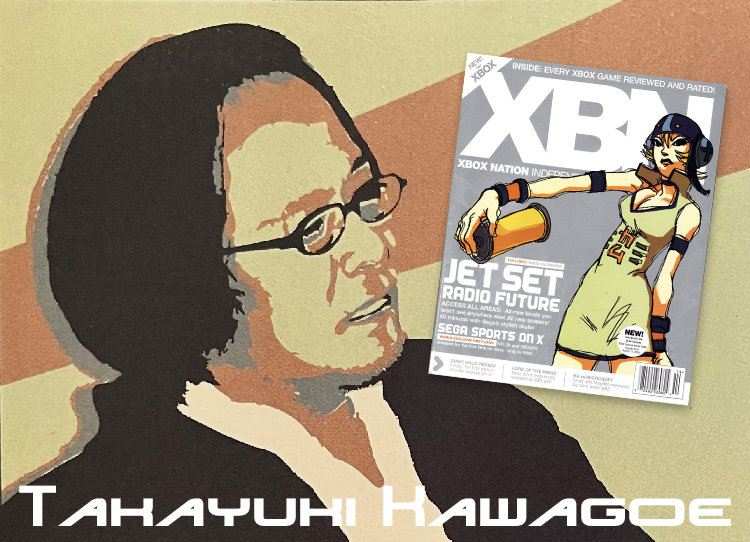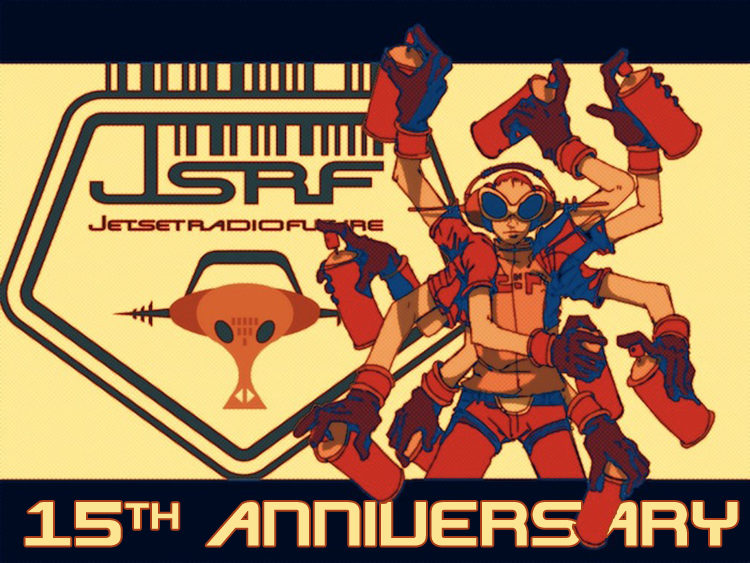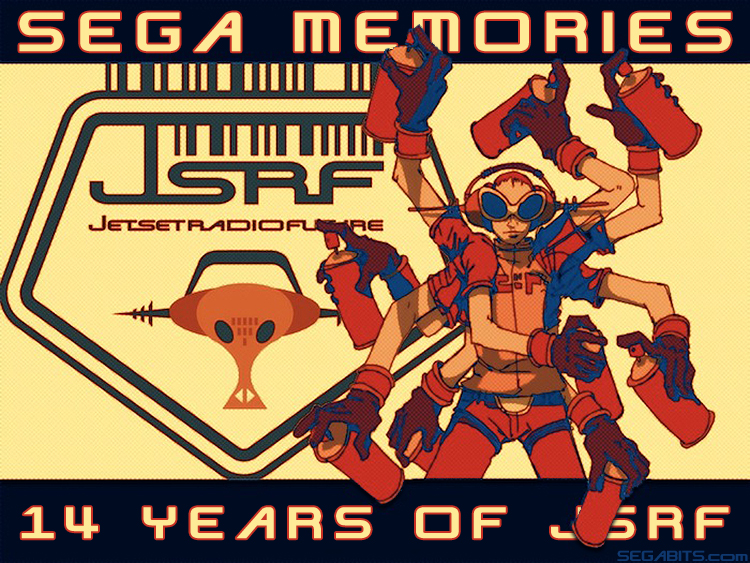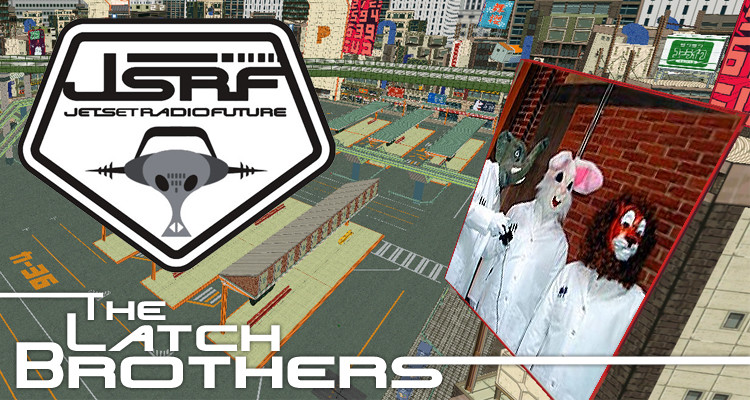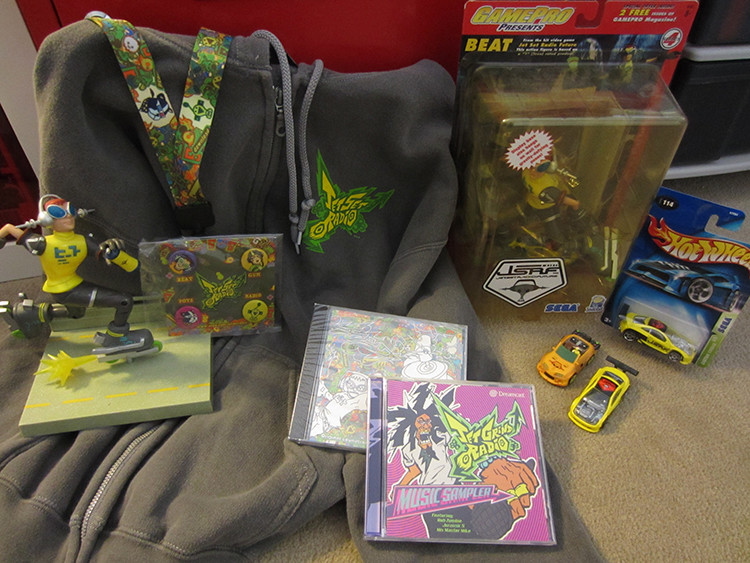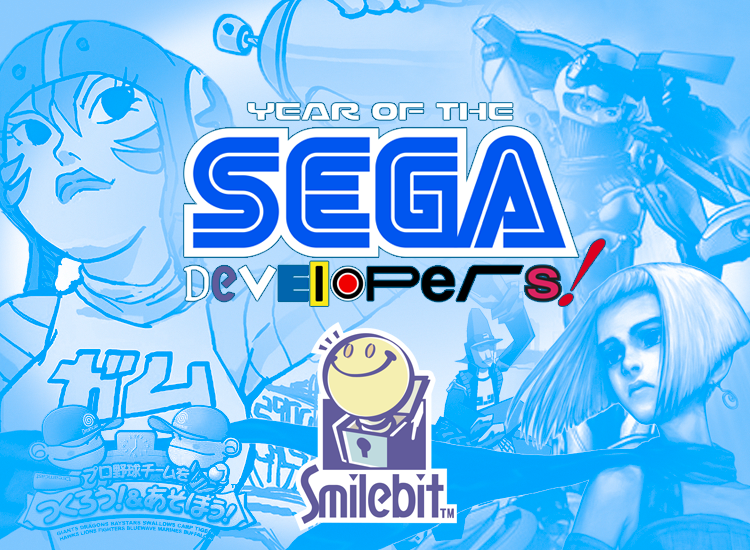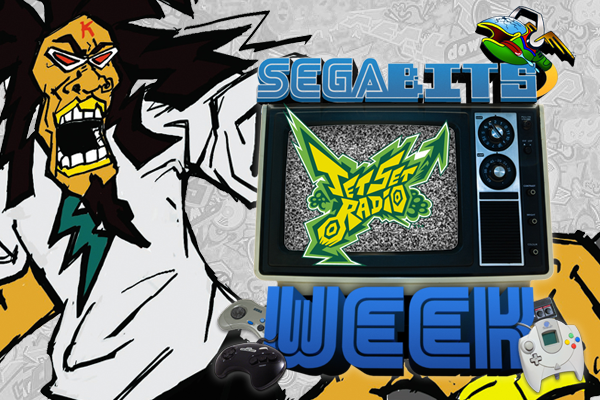[Exclusive] Classic SEGA Interview: Smilebit’s Takayuki Kawagoe talks Jet Set Radio Future with Xbox Nation Magazine
This interview originally appeared in the premiere issue of Xbox Nation Magazine. Stay tuned for scans of the magazine itself later this week!
Takayuki Kawagoe – Smilebit
Past projects: General development, project manager for various 16-bit titles, and head of the Saturn software lineup. Sega Rally 2 and JGR (Dreamcast), along with many others.
Xbox projects: Gunvalkyrie, JSRF: Jet Set Radio Future, Panzer Dragoon.
Favorite food: Any fish, Korean BBQ, and Italian food
Favorite movie: “Some Kind of Wonderful,” and any kung fu movie starring Jet Li.
Favorite music: Beastie Boys, De La Soul, Peter Gabriel, Joe Strummer/The Clash, Jim Foetus, Malcolm Mclaren, The Smiths, Nay Nays, Kyoko Koizumi, Robert Wyatt, Elvis Costello, Serge Gainsbourg, electro pop, hip hop, Latin beats, reggae, punk, and ’80s music in general.
XBN: Please describe your role in the development of Jet Set Radio Future?
Takayuki Kawagoe: As the producer for JSRF, I motivate my staff, consult with them, decide which direction the project should take, balance the budget, promote the title, etc.. Regarding the content in the game: because this is the second title, I trust Mr. Kikuchi (director) and Mr. Ueda (art director) with most of the finer details of the game. That said, I get my words in their works…I’m their “nagging father”…

